|


|
FROM SITE SELECTION
MAGAZINE, MARCH 2023 ISSUE
|
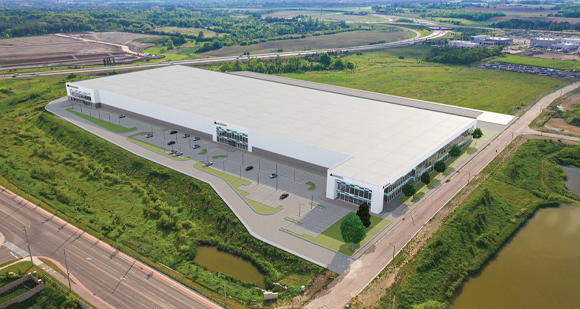
|
ONTARIO
The largest auto parts manufacturer in North America by sales is getting
larger by the day.
|
|

|
INVESTMENT PROFILE: CANADA
Project Arrow is confirmation of the talent and technology abundant in
Canada.
|
|
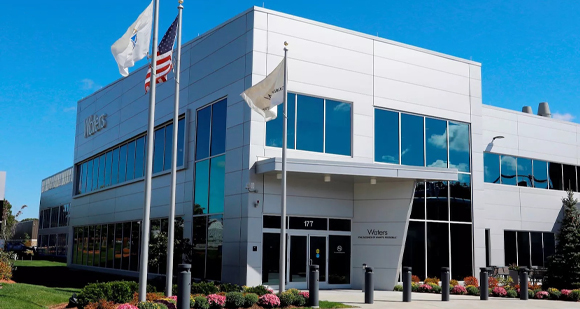
|
Photo courtesy of Waters
|
|
In January the U.S. Green Building Council (USGBC) released its annual
ranking of U.S. states by LEED-certified gross square footage per
capita over the previous calendar year (below). “It was a strong
year for LEED certifications across the U.S. as companies and
governments embrace LEED as a tool for meeting ESG goals and
organizational commitments to climate action, occupant well-being and
resource efficiency,” said Peter Templeton, USGBC president and CEO.
As a federal territory, Washington, D.C., does not appear in the
official top 10 list of states, but consistently leads the nation
because of the federal government’s commitment and District’s commitment
to green building. In 2022, said the USGBC, the nation’s capital
certified over 46 sq. ft. of space per resident across 115 green
building projects. No. 1 state Massachusetts saw 96 buildings
encompassing over 26 million sq. ft. become LEED-certified in 2022,
equating to nearly 3.7 LEED-certified sq. ft. per resident. They include
Waters’ LEED-certified facility in Taunton (pictured above), the first
and only LEED-certified chemical manufacturing site in the state.
| Rank |
State |
Projects |
Gross area (SqFt) |
2022 GSF Per Capita |
| * |
District of Columbia |
115 |
31,759,516 |
46.06 |
| 1 |
Massachusetts |
96 |
26,442,008 |
3.76 |
| 2 |
Illinois |
91 |
44,577,321 |
3.48 |
| 3 |
New York |
142 |
64,042,120 |
3.17 |
| 4 |
California |
386 |
96,457,139 |
2.44 |
| 5 |
Maryland |
80 |
14,769,661 |
2.39 |
| 6 |
Georgia |
66 |
24,068,422 |
2.25 |
| 7 |
Colorado |
59 |
12,532,909 |
2.17 |
| 8 |
Virginia |
95 |
16,289,394 |
1.89 |
| 9 |
Texas |
174 |
48,717,532 |
1.67 |
| 10 |
Oregon |
36 |
6,066,035 |
1.43 |
In 2022, USGBC surpassed 100,000 LEED-certified projects globally,
totaling more than 11 billion certified gross sq. ft. Additional
information on the 2022 rankings, along with a listing of notable
projects, can be found on USGBC’s Top 10
States for LEED page.
How do the Top 10 states fare in Site Selection’s rankings of corporate project attraction and business climate? California, Georgia, Texas and
Illinois appear in all three Top 10s. These data are crucial to the annual Sustainability Rankings published by Site
Selection each July. — Adam Bruns
|
|
 
|
|
COLORADO – BUSINESS
COMES TO LIFE 2023
|
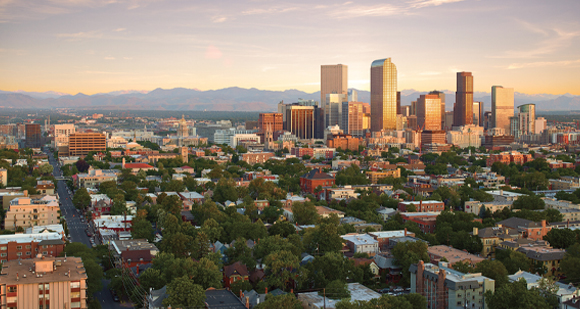
|
HEALTH TECH
The health tech sector is changing medical care in Colorado and beyond.
|
|
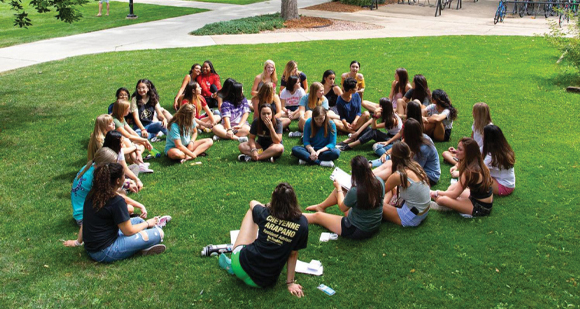
|
HIGHER EDUCATION
Colorado’s colleges and universities compete to win on the national
stage.
|
|
|
SITE SELECTION
RECOMMENDS
|
|
If your organization is one of the thousands examining or
already practicing a four-day work week, you’ll want to see
the resources we were tipped off to this week courtesy of
the Reynolds Center for Business
Journalism at Arizona State University’s Walter
Cronkite School of Journalism and Mass Communication. “In
case you missed it, the largest pilot program for a four-day
workweek launched last June in the United Kingdom with 2,900
workers from 61 companies participating,” the Center informs
us, noting the program’s sponsorship by advocacy
organization the 4 Day Week Global Foundation. The
results include the finding that 92% of the companies state
that they will continue the four-day workweek schedule. A
number of states are examining the idea, the entire nation
of Australia this month introduced a pilot program, and a
number of companies such as Toshiba, Panasonic, Bolt and
Basecamp have made varying degrees of commitment to the
concept. Buildremote reports that 271 companies are trying it out as
of February. Among the Reynolds Center’s historical
observations: “In 1956, Richard Nixon — then Vice President
of the United States — stated that a four-day workweek was
‘inevitable’ in the ‘not-so-distant future’ and the hopes of
the administration were to ‘double everyone’s standard of
living’ and have a ‘fuller family life for every American.’
” Topics like this are found throughout Site Selection’s annual Workforce reports.
|
|
|
Japan
Driven in part by demand from the electric vehicle sector, Mitsubishi
Electric announced this week that it will “double a previously announced
investment plan to approximately 260 billion yen in the five-year period
to March 2026 mainly for constructing a new wafer plant to increase
production of silicon carbide (SiC) power semiconductors.” The new
100-billion-yen factory will incorporate an owned facility in the Shisui
area of Kumamoto Prefecture. In addition, the company will newly invest
approximately 10 billion yen in a new factory that will consolidate
existing operations, currently dispersed throughout the Fukuoka area,
for the assembly and inspection of power semiconductors. As of March
2022, the company operates 203 consolidated subsidiary locations
worldwide and employs nearly 145,700 people.
California
As reported by Data Center Dynamics and other outlets, Amazon has made
this investment in a property that was formerly home to an insulation
factory operated by Owens Corning that closed last year. The property
was originally slated for logistics development by Panattoni. Meanwhile,
Amazon is planning to construct at least one data center complex at
properties located about three miles away in Santa Clara that it
purchased last year — the first self-built data centers AWS pursued in
the city as it adds to a Bay Area portfolio that includes leased data
center capacity with Equinix and Digital Realty. “The company is also
developing a campus in the City of Gilroy, to the south of Santa Clara,”
Data Center Dynamics reports. “It is also leasing a new data center from
Hines further north in Hayward.”
|
|

|
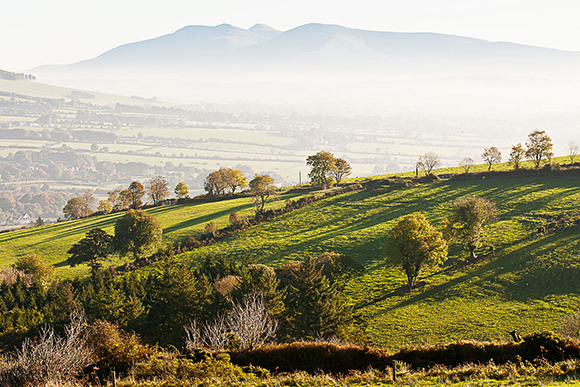
|
Photo ©Ballyhoura Fáilte courtesy of Tourism Ireland
|
|
Tomorrow is a certain Irish holiday. So it’s a nice time to gaze out on
an Irish landscape. This one is located at the crossroads of Munster, on
the borders of Tipperary, Limerick and Cork counties, in a region known
as Ballyhoura Country. The local tourism authority describes it as “an
area of undulating green pastures, woodlands, hills and mountains. The
ancient and unspoilt landscape, an abundance of significant heritage
sites, thrilling outdoor activities and friendly people make it the
perfect place to discover rural Ireland.”
|
| |

